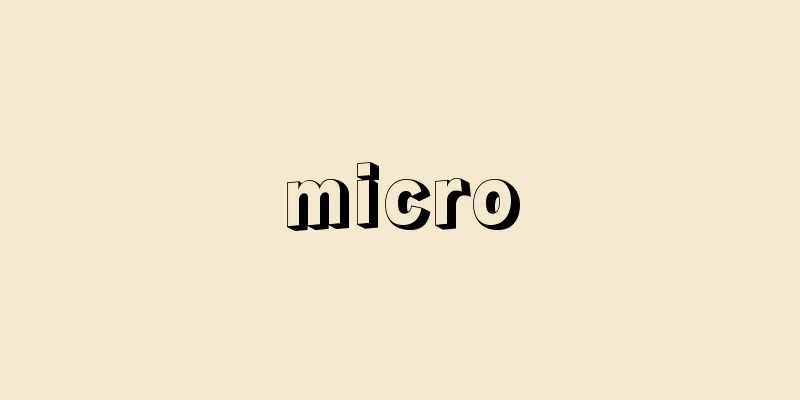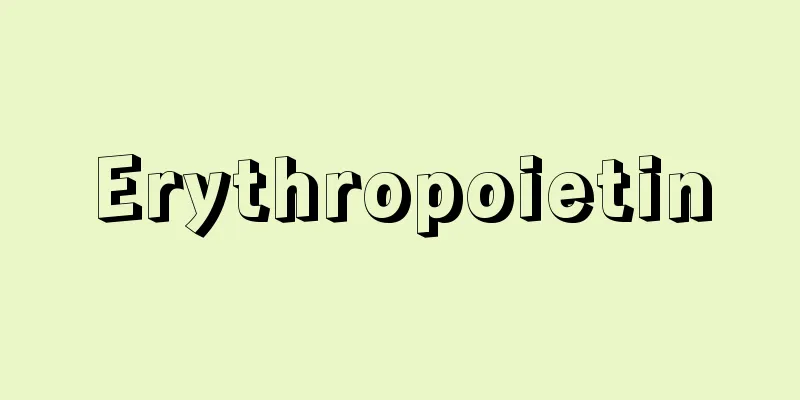Tribe - tribe (English spelling)

|
A group of people living in a relatively small, self-contained society with a common culture scattered around the world, but there is no clear definition. It is sometimes used as the same concept as an ethnic group, and sometimes used to mean a smaller group (sub-ethnic group). The Latin tribua, the origin of the English word tribe, was a word indicating a political division unit of the ancient Roman state. Nineteenth-century evolutionary anthropologists considered tribal societies to be societies that have social organization but lack political organization (L. Morgan), and in terms of legal aspects, as societies in which rights based on innate status prevail, in contrast to modern societies based on voluntary contractual relationships (H. Main). Subsequent empirical research has led to the conclusion that tribal societies are characterized by their form rather than their content, are small-scale, occupy a certain territory, maintain a self-sufficient economy through food production, share a common culture including language, religion, worldview, and values, and do not have a centralized political organization that goes beyond a territorial kinship group such as a nation. However, this characteristic form of tribal societies should be understood as an ideal type, and real societies cannot be independent of the nation, are influenced by modernization and industrialization, and are in constant political, economic, and cultural interaction with outside societies. Furthermore, tribal societies should never be viewed as static, and as Evans-Pritchard showed in his study of the Nuer of South Sudan, there is a very dynamic principle of tribal integration. [Takuma Shirakawa] [References] | |Source: Shogakukan Encyclopedia Nipponica About Encyclopedia Nipponica Information | Legend |
|
世界各地に散在する比較的小規模で自己充足的な共通の文化をもつ社会に住む人々の集団をさすが、共通する明確な定義はない。民族集団(エスニック・グループ)と同概念として用いられることもあり、また、より小規模の集団(サブエスニック・グループ)の意で用いられることもある。英語tribeの語源であるラテン語のtribuaは、古代ローマ国家の政治的分割単位を示すことばであった。19世紀の進化論的人類学者は、部族社会tribal societyを、社会組織はあるが政治組織を欠く社会(L・モルガン)、また法的側面では、自発的な契約関係に基づく近代社会とは対照的に、生得的な身分による権利関係が優勢な社会(H・メイン)とみなした。その後の経験的研究の蓄積によって、部族社会の特徴としては、社会の内容よりもむしろ形態が重視され、小規模で、一定のテリトリー(領域)を占め、食糧生産による自給自足的経済を維持し、言語、宗教、世界観、価値観など同一の文化を共有し、しかも国家のような地縁的親族集団を越える中央集権的政治組織をもたない社会が部族的とみなされるに至った。しかし、こうした部族社会の特徴的形態はむしろ理念型として把握されるべきものであって、現実の社会は、国家とは無関係でありえず、近代化や産業化の影響を受け、かつまた外の社会との絶えざる政治・経済・文化的相互作用のなかにある。また、部族社会内部もけっして静態的ととらえられてはならず、エバンズ・プリチャードが南スーダンのヌエルの研究で示したように、きわめて動態的な部族統合の原理がみられる。 [白川琢磨] [参照項目] | |出典 小学館 日本大百科全書(ニッポニカ)日本大百科全書(ニッポニカ)について 情報 | 凡例 |
<<: Affiliated school - Fuzokugakko
>>: Prostitution - prostitution
Recommend
Kosanji Temple
This is a Jodo Shinshu Honganji temple in Onomich...
Babirusa - Babirusa (English spelling)
A mammal of the order Artiodactyla and family Sui...
Basal metabolic rate - Kiso taisharitsu
…Even after standardization in this way, differen...
mucous blanket
…Respiratory epithelium is characterized by cilia...
composite dike
…Dikes are divided into several types according t...
Akamatsu Norimura
Year of death: Kan'o 1/Shohei 5.1.13 (1350.2.2...
Image stone tombstone - gazosekibo
...This category includes the following four type...
Sholes, CL (English spelling) SholesCL
…Typographers did not have keyboards, but instead...
E chondrite - E chondrite
… Chondrites are classified into five chemical gr...
Compsognathus (English spelling)
An extinct reptile belonging to the Theropoda subo...
Work hardening index
…This phenomenon is called the Bauschinger effect...
Sippe (English spelling)
A clan community in ancient Germanic society. Orig...
Tulcea
...The climate is generally dry and continental, ...
Polyethylene - Polyethylene (English spelling)
Originally, it meant any polymer of ethylene CH2 ...
Battle of Preveza - Battle of Preveza
In 1538, the Ottoman fleet defeated the combined f...









